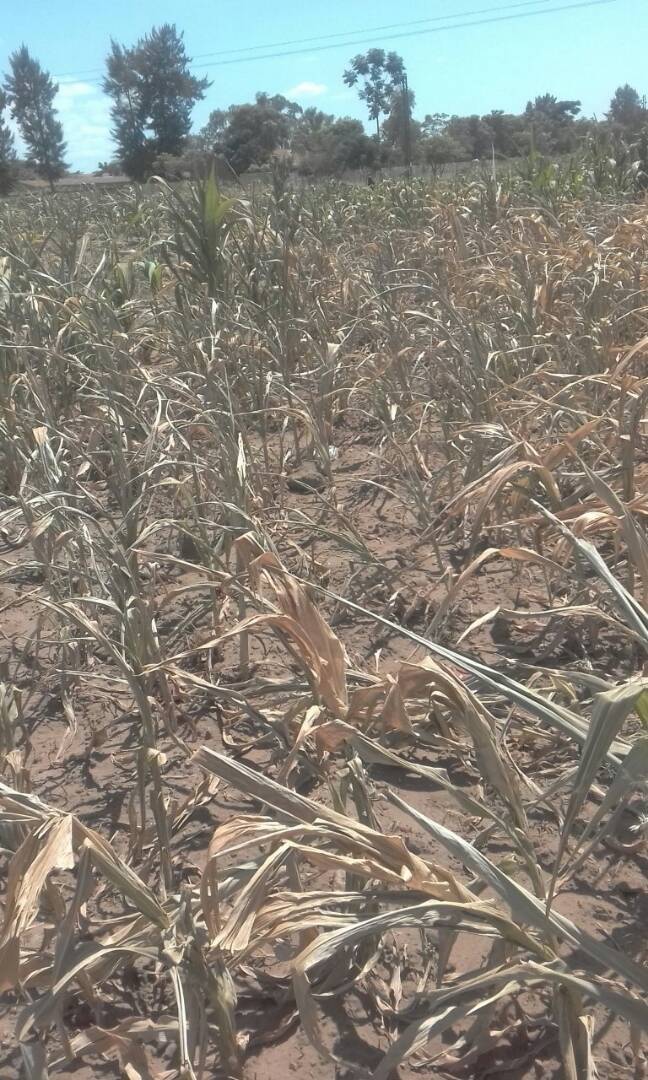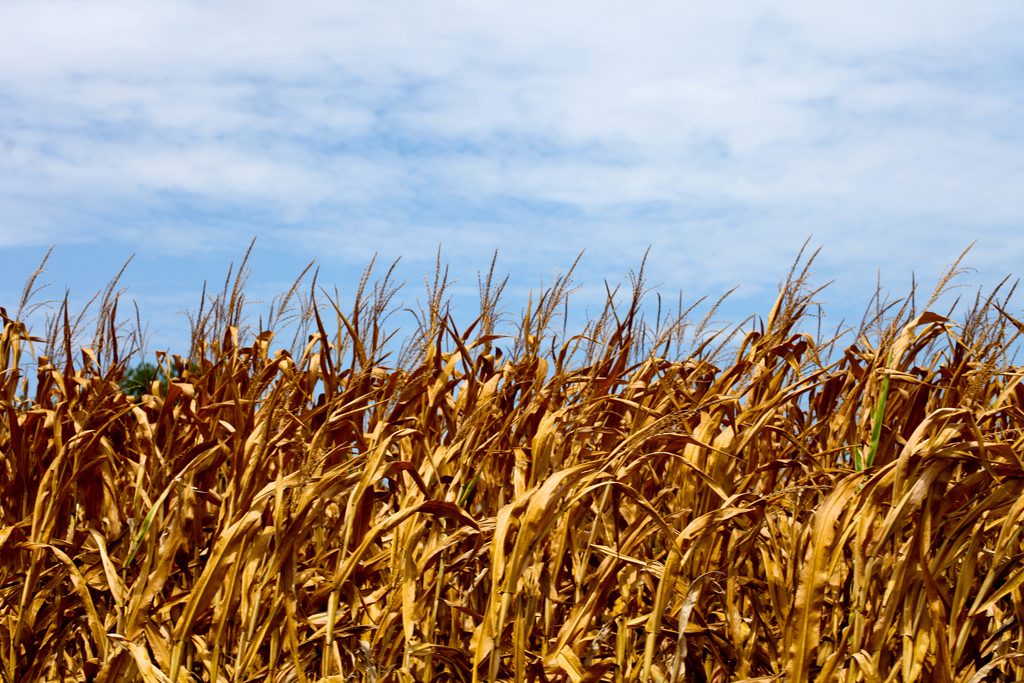The role of community warehouses in ending food insecurity
By Wilson Isaac Tembo

In 2002, the Southern African community faced a serious food crisis on record. The governments of Lesotho, Malawi, and Zimbabwe declared emergencies, while in Mozambique an emergency plan to combat the effects of drought was begun. Following the crisis, in mid 2002, the UN issued a consolidated appeal for US$611 million (E.Conwell, Food security options in Malawi, July, 2005) in order to deal with the problem in the region namely Lesotho, Malawi, Mozambique, Swaziland, Zambia and Zimbabwe.
There are several causes of famine and hunger in the region and Malawi in particular. World’s population is expected to increase up to 10.5 billion by 2050 (UN March, 2013), this is likely to lead to the global food security concerns. According to J. Aulakh, 2013, the ‘increase in population translates into 33% more human mouths to feed, with the greatest demand growth in the poor communities of the world’.
Malawi has for decades been experiencing serious food crisis. In 1949 /50 for example, there was a serious famine (F. Hajdu, Socio-Economic Causes of Food Insecurity in Malawi, 2009). At the beginning of independence in 1960·the 45 states in sub-Saharan Africa (hereafter referred to as Africa) were basically self-sufficient in food (Carl k. Eiche, Food Security Policy in Sab-Sahara Africa). This was followed by the 1991/92 drought.
Malawi has experienced never ending food shortages. The famine of 2002 is said to have claimed 300 -500 lives (Taifour 2002:2) Although there is no clear statistics on the actual number of people who died of hunger in the year, but available literature clearly show that between January and April, 2002, hundreds of Malawians died of starvation and hunger related diseases (S.Devereux, 2002).
For the period from July 2016 to March 2017, Malawi faced a hazard-related food security and nutrition emergency coming on top of the devastating floods in 2015. Responding to the situation, the President of Malawi declared a State of National Disaster on 12 April 2016 and appealed for humanitarian relief assistance from the international community and the private sector. In that period, 6.5 million People were in need of humanitarian aid (2016/2017 Food Insecurity response plan, The Republic of Malawi Office of the Vice President Department of Disaster Management Affair, June,2016)
Vulnerability to food insecurity operates at several levels – national, household and individual – and social protection responses are available at each level. Conversely, food insecurity and vulnerability intensify in the absence of social protection.(Social Protection for Food security report by high level of experts, 2012)
In 2016/2017 farming season, many Malawians harvested enough food crops. Statistics shows the country was food secure in that period. According to FEWS NET report, the Ministry of Agriculture released third round production estimates in mid –June that indicated that cereal production for 2017 was above average overall. These estimates show that maize production increased this year and is approximately 5-6 percent above the five year average (FEWS NET, June, 2017 – January, 2018).
This food security seems to be temporary. The 2017/2018 farming season has completed the cycle of uncertainty. Hunger is looming. Food prices are sky rocketing sharply raising fears of hunger stricken year ahead.
But what is the problem?
Climate change is bringing unexpected weather trends. Currently, there have been low rain fall in many parts of the country which is likely to reduce the country’s staple food production. Maize, Malawi main food crop is wilting. Currently unconfirmed estimates are that food production in 2017/2018 growing season is to reduce by less than 50%.=
Adding to this, 20 of the 28 districts of the country maize fields have been attacked by fall worms that have destroyed over 140,000 farming families’ crops since November, 2017. The caterpillars have since spread to other 21 African countries and are threats to the Africa’s main food crop – maize.
What could be a solution?
With famine moving in cycles over the past decades, food reserves have received renewed attention world over. Declarations issued by world leaders at the G-8 and G-20, as well as the 2009 Food and Agriculture Organization Summit on World Food Security have recognized the importance of food reserves, but there has been little movement beyond the rhetoric ( K.Sampson, Institute for Agriculture and Trade Policy,2002).
Food storage techniques are not knew. Historically, the Bible recorded the action of a young man –Joseph who stored food each year of the first seven years. He stored one fifth of the total harvest produced that helped ensure food security in the last seven year of lean harvest. (Holy Bible).
Adapting to this the technique, the Malawi Project has completed the pilot phase constructing the Community Storage Warehouses in Central region of Malawi. Small holder farmers who represent 80% of farming families will store their food crops in the warehouses and use it in lean periods.
With the food crisis likely to hit the population in 2018/2019 season, the community warehouses under the Joseph Project, will remain the tools to ensure food security at community level. The need for more warehouses in the near future will be a must.
Members of the community will store enough food for their families and will only access it when need rises. This will help check the problem of postharvest losses and unplanned consumption of the food.

